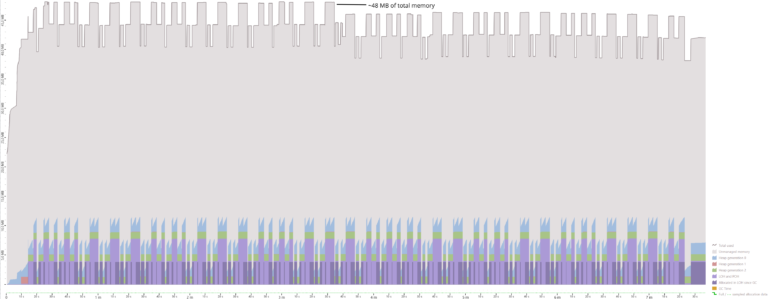Entity Framework Core: ROW_NUMBER Support
- Follow-up post: Making RowNumber (more) useful
- Entity Framework Core: Custom Functions (using IMethodCallTranslator)
- Entity Framework Core: Custom Functions (using HasDbFunction)
As in the previos post we will use the extension method RowVersion with the ORDER BY part only as an example. The actual code can be found on Azure DevOps: Thinktecture.EntityFrameworkCore
Create a static method "RowNumber"
For this approach the method RowNumber must a static method containing the ORDER BY parameters only, i.e. the method cannot be an extension method for DbFunctions like before.
public static class DbFunctionsExtensions
{
// will throw at runtime because EF tries to translate DbFunctions as well
public static long RowNumber(this DbFunctions _, object orderBy)
{
throw new InvalidOperationException("...");
}
// works as expected
public static long RowNumber(object orderBy)
{
throw new InvalidOperationException("This method is for use with Entity Framework Core only and has no in-memory implementation.");
}
}
Due to new method signature of RowNumber the usage is slightly different as well.
...
.Select(i => new
{
...,
RowNumber = DbFunctionsExtensions.RowNumber(i.ProductId)
})
Introduction of custom function to EF
In the previous approach we had to implement IMethodCallTranslator, IMethodCallTranslatorPlugin and IDbContextOptionsExtension to introduce a new function to EF during the configuration of the (SqlServer)DbContextOptionsBuilder. This time we will skip the IMethodCallTranslator and use the ModelBuilder during OnModelCreating.
The configuration of a new function is encapsulated in an extension method AddRowNumberSupport.
public class DemoDbContext : DbContext
{
...
protected override void OnModelCreating(ModelBuilder modelBuilder)
{
...
modelBuilder.AddRowNumberSupport();
}
}
I was not totally honest with you at the beginning. It is true that we don’t need custom implementation of IMethodCallTranslator (SqlServerRowNumberTranslator) but we need some code from it. I will pretend that the SqlServerRowNumberTranslator does not exist and copy the required code to the extension method AddRowNumberSupport.
Like before we fetch a MethodInfo of the method RowNumber first.
public static class ModelBuilderExtensions
{
private static readonly MethodInfo _rowNumberMethod
= typeof(DbFunctionsExtensions)
.GetMethod(nameof(DbFunctionsExtensions.RowNumber),
new[] { typeof(object) });
Then we use HasDbFunction and HasTranslation to introduce the function to EF. Inside of HasTranslation we (re)use the RowNumberExpression from the previous post.
public static ModelBuilder AddRowNumberSupport(this ModelBuilder modelBuilder)
{
modelBuilder.HasDbFunction(_rowNumberMethod)
.HasTranslation(expressions =>
{
var orderByParams = ExtractParams(expressions.First());
return new RowNumberExpression(orderByParams);
});
return modelBuilder;
}
The method ExtractParams is the same as in the SqlServerRowNumberTranslator.
private static ReadOnlyCollection<Expression> ExtractParams(Expression parameter)
{
if (parameter is ConstantExpression constant
&& constant.Value is IEnumerable<Expression> enumerable)
{
return enumerable.ToList().AsReadOnly();
}
return new List<Expression> { parameter }.AsReadOnly();
}
Summary
This approach is easier to grasp and the difference in the amout of code is not that big to base a decision on that alone. Use the approach you like the best because the change from one approach to another is easy and requires very litte time.









